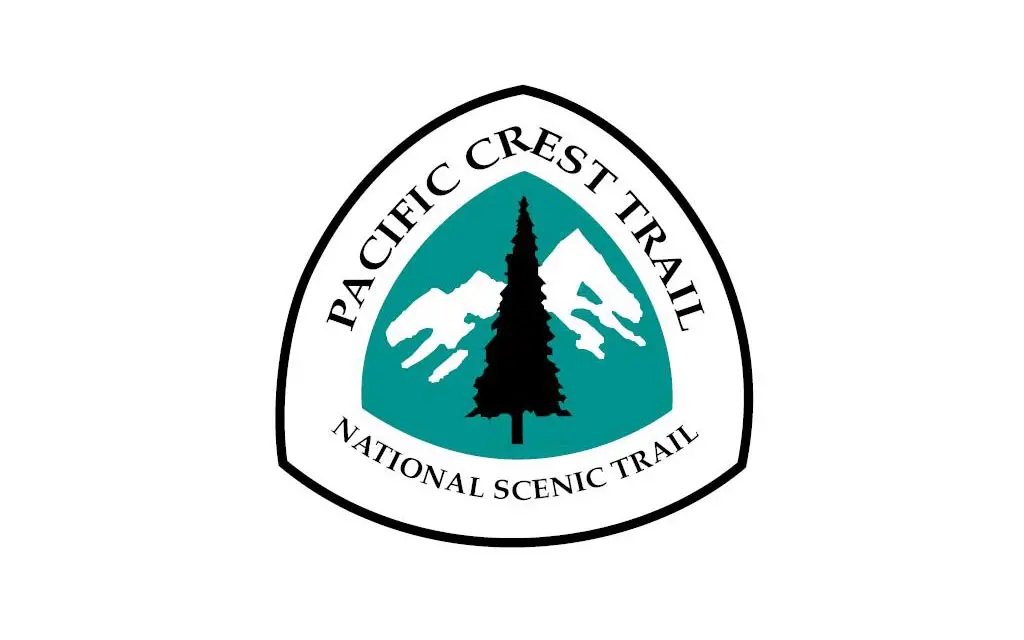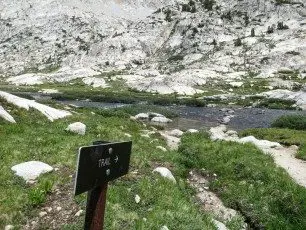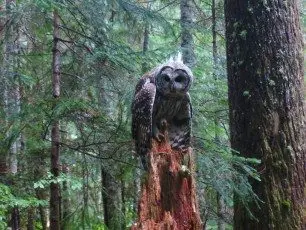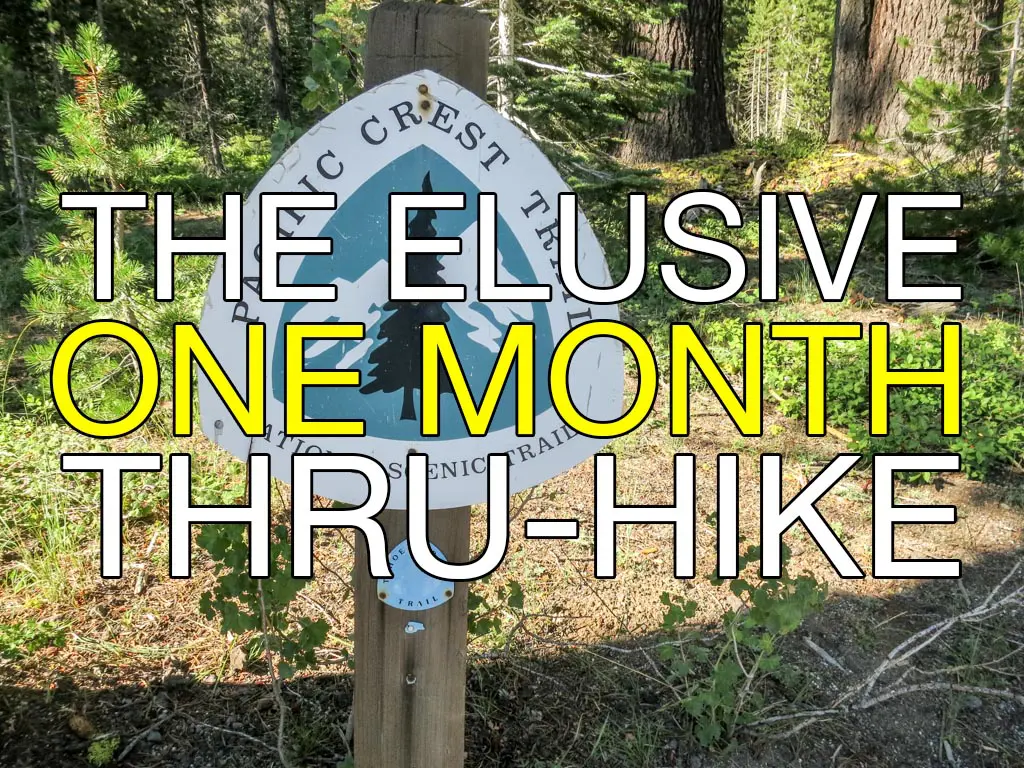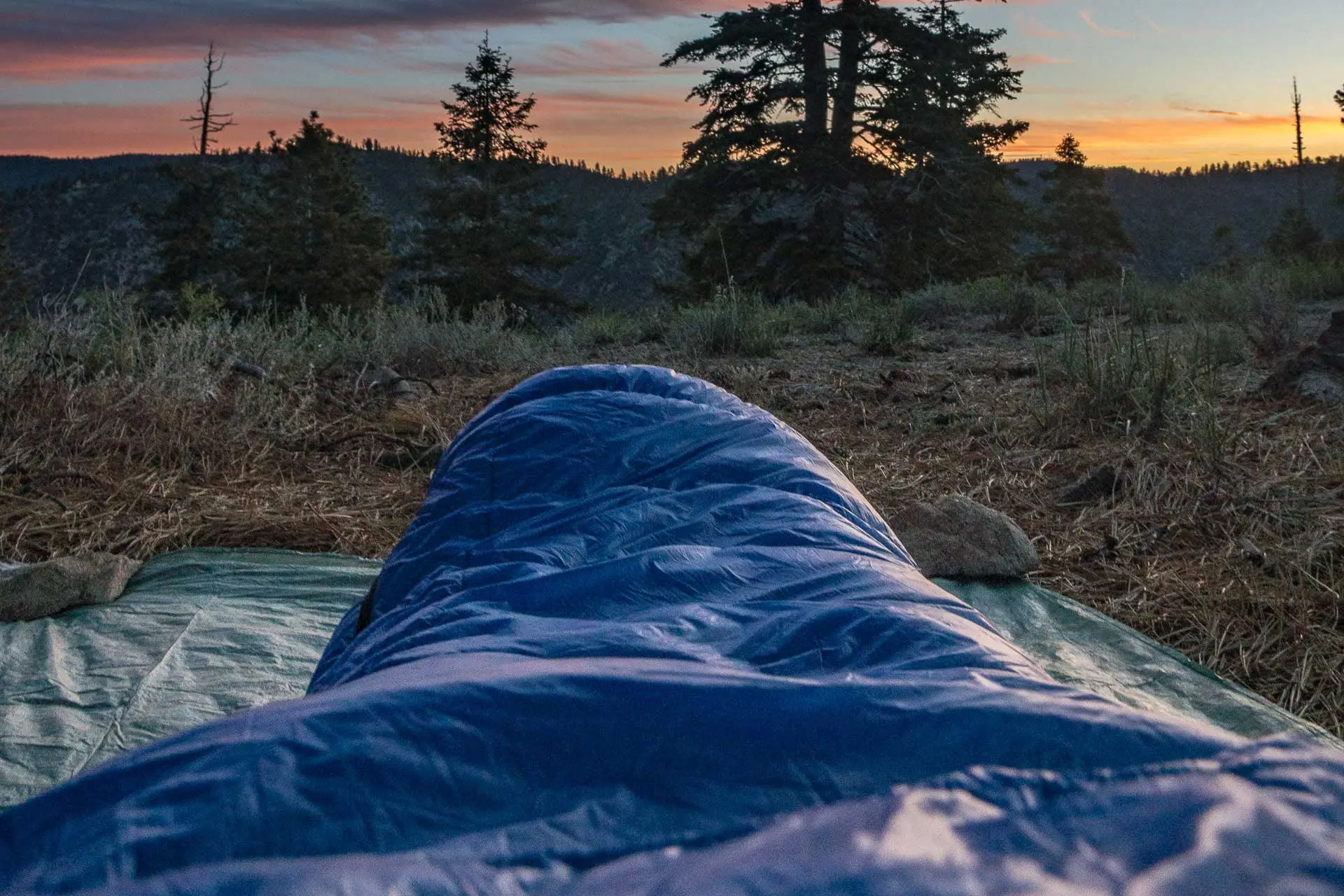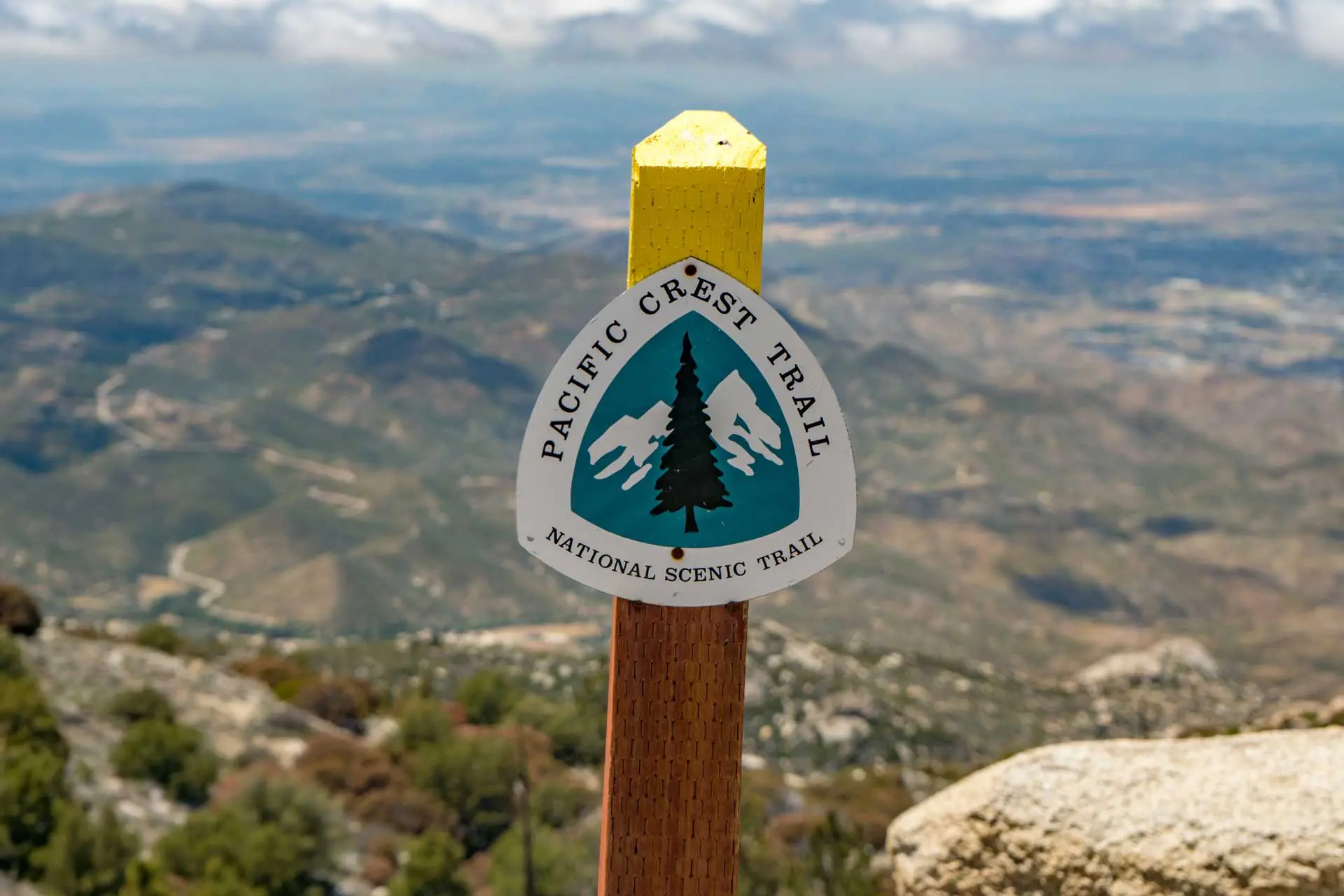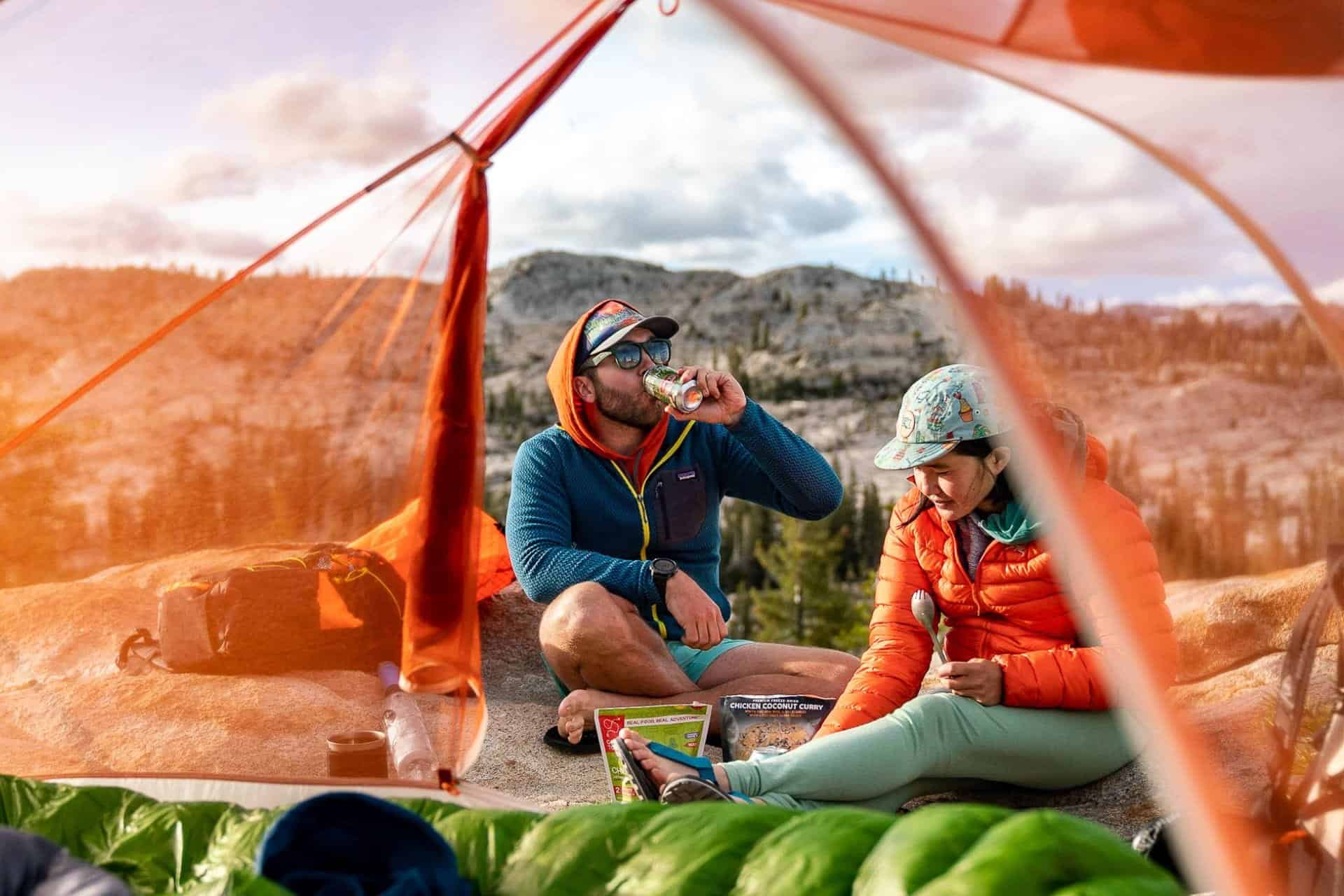A Beginner’s Guide To The Pacific Crest Trail
The Pacific Crest Trail (PCT) is a 2,600 mile (4,286 km) trail that runs from the US/Mexico border all the way into British Columbia, Canada.
Crossing through California, Oregon, and Washington, the PCT passes through twenty-five national forests and seven national parks. Just a few hundred people successfully complete a thru-hike (the entire length) of the trail every year (most south-north and beginning in April/May). Why would a person undertake such an endeavor?
Well…why not?
Pacific Crest Trail Facts
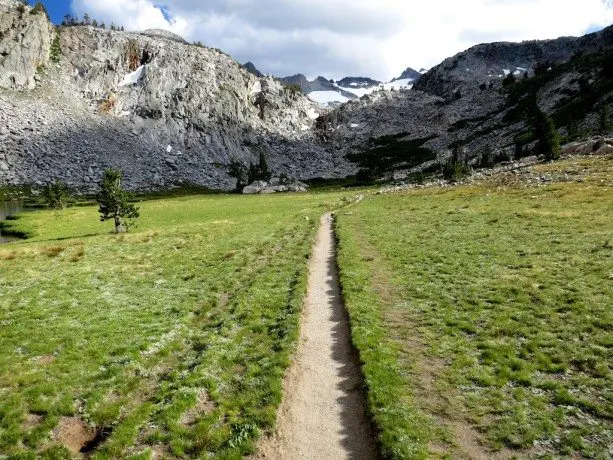
- Location: California / Oregon / Washington, USA / British Columbia, Canada
- Length: 2,663 mi (4,286 km)
- Time Zone: Pacific Time (UTC-8)
- Southern Terminus: Campo, California
- Northern Terminus: Manning Park, British Columbia
- Highest Point: Forester Pass, 13,153 ft (4,009 m)
- Lowest Point: Cascade Locks, 140 ft (43 m)
- Elevation Change: 420,880 ft (128,284 m)
- Use: Pedestrian & Equestrian
- Drinking Age: 21 (unenforced)
- Drinking In Public: Go for it!
- Drinking Tap Water: At your own discretion.
- Flushing Toilet Paper: Bury it! (or pack it out)
Before the Trail
- PLANNING | Spending five months out on the trail does require some planning ahead of time. Most people spend their time carefully selecting their gear, getting in shape, obtaining the “necessary” permits, and planning their resupply stops for food, water, and equipment.
- YOUR RESUPPLY (FOOD) | Hikers have (basically) two options for replenishing their food supply along the trail: mail prepackaged boxes to themselves or buy supplies as needed in towns. A majority of hikers use a hybrid approach allowing for the freedom of buying as you go, but the convenience of mailing a resupply boxes to more remote (or expensive) locations.
- THE GEAR | At first it appears that you need a lot of equipment to embark upon the PCT, but after staring at your 100th gear list realize that you don’t actually need very much, and after attempting to shed some of the weight in your pack you realize you don’t actually need very much at all. Hikers’ gear selection is an important step in planning and can make huge differences on the trail.
Pacific Crest Trail Gear
- THE BIG THREE | The big three refers to your three pieces of gear that commonly weigh and cost the most: your tent, your sleeping bag, and your backpack. Hikers love arguing about what outfit best suits what style of hiking and what trail, but ultimately you will want something that you are comfortable using (and that falls within your price range).
- ULTRALIGHT | What can be described as the “ultralight movement” aims to supply backpackers with the lightest equipment possible (and eliminate all superfluous items). Some people take this very seriously, cutting their toothbrushes in half and stripping their packs of dangling straps in order to shed that extra .1 oz of weight. Obviously, lighter is better, but I am not completely sold on the hardcore ultralighters.
- EVERYTHING ELSE | Selecting what to bring and what to leave at home can be challenging (I really think I might need that portable lava lamp). Hikers will need to start with the essentials (water storage, clothing, toiletries, etc.) before deciding to pack their electronics, stuffed animals, and comfort items.
For more on gear, take a look at my Complete PCT Gear List.
During the Trail
- TERRAIN | In Southern California hikers will have to cross a 700 mile stretch of desert before making their way up to the base of the Sierra. The Sierra represent one of the biggest obstacles for PCT hikers, and the timing of a Sierra crossing is important to avoid heavy snowfalls. But that won’t even get you halfway through the trail. NorCal, Oregon, and Washington offer much to be experienced.
- TOWNS | Fortunately for everyone who has yet to discover how to forage and hunt for food in the wild, small towns line the PCT offering hikers everything from food to showers. Some towns lie on the trail itself while others require that hikers walk or hitch down the road a few extra miles (worth it for some brews).
- PEOPLE | The people you meet out on the Pacific Crest Trail are a special bunch. Whether you encounter a trail angel, receive help from a stranger in town, or make a friend for life, the people of the PCT help to make the experience worthwhile and truly unforgettable (as if a 2,600 mi hike needs any help in that department).
For more on the various sections of trail, take a look at the following progress reports:
- Progress Report I: The Desert
- Progress Report II: The Sierra
- Progress Report III: NorCal
- Progress Report IV: Oregon
- Progress Report V: Washington
Pacific Crest Trail Videos
Pacific Crest Trail Tips & Tricks
- HIKE YOUR OWN HIKE | Commonly abbreviated as HYOH, this trail motto reminds hikers that they should, in a sense, be selfish with their decisions on the PCT. 2,600 miles is a long way and if it is spent trying to keep pace with someone who is faster, slower, or who fancies spending the night in town at hotels then you are not going to have a good time. So, HYOH goddammit.
- BORROW & BARGAIN | You might already have all your gear from previous excursions, but what if you have nothing? Ask your friends, your coworkers, strangers on the internet, and that creepy guy living next door if they have any gear that they aren’t using and would like to rent/sell/donate to you. You can also find great prices on new and used equipment online and at used gear sales.
- PAST HIKER ADVICE | A lot of people you know will try to give you advice about your upcoming adventure. The only problem? Chances are they don’t know what they are talking about. Read as much as you can and be wary of the council you seek – everyone’s hike is different. Check out the PCT Hiker Survey or my personal PCT stats to get a better idea of what to expect on-trail.
